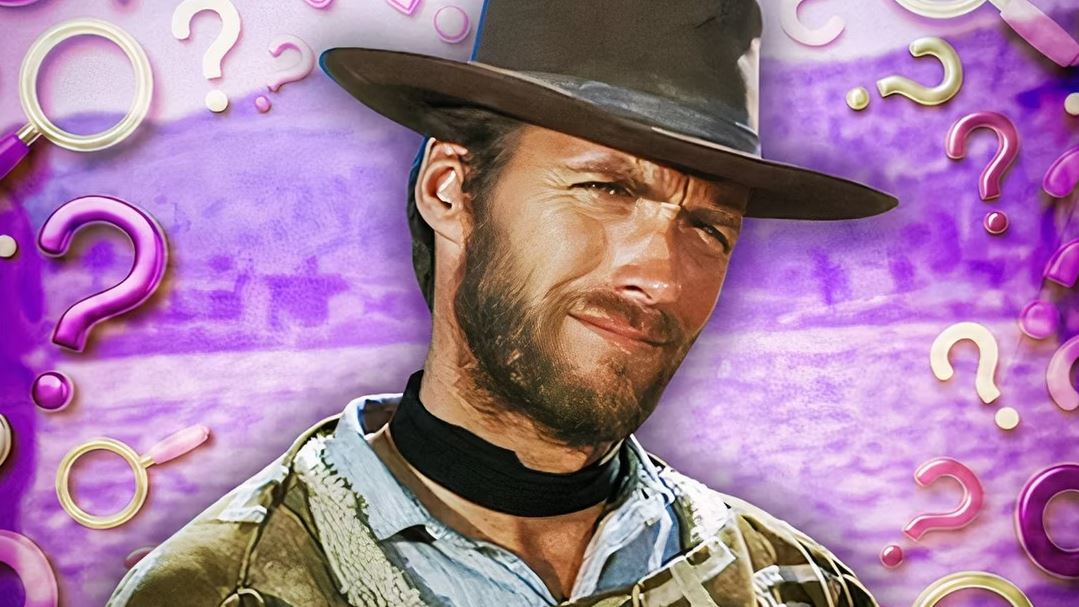1967’s Spaghetti Western The Good, The Bad And The Ugly is often listed as a sequel to two earlier movies, but this is a confusing misnomer. The Good, The Bad And The Ugly stars Clint Eastwood as the Man With No Name, an amoral drifter searching for a cache of treasure during the American Civil War. Eastwood’s protagonist works alongside Eli Wallach’s duplicitous Tuco as he attempts to unearth the treasure, while Lee Van Cleef’s terrifying villain Angel Eyes is hot on the pair’s trail. The Good, The Bad And The Ugly’s ending sees the trio face off.
While The Good, The Bad And The Ugly’s story is self-contained, the movie is often listed as a sequel to director Sergio Leone’s earlier collaborations with Eastwood. The Good, The Bad And The Ugly 2 never happened, but The Good, The Bad And The Ugly itself is viewed as a follow-up to both 1964’s A Fistful of Dollars and 1965’s For A Few Dollars More. Since all three movies share a star, director, and main character, this sounds pretty logical at first glance. However, The Good, The Bad And The Ugly’s sequel status is more complicated than it seems.
The Good, The Bad And The Ugly Was Not Intended As A Sequel
Sergio Leone’s Dollars Trilogy Consists Of Three Standalone Movies
Despite arriving after Leone and Eastwood’s two earlier Man With No Name movies, The Good, The Bad And The Ugly is not a sequel in any meaningful sense. A Fistful of Dollars and For A Few Dollars More might feature Eastwood in the same role, but neither movie includes any characters who later appear in The Good, The Bad And The Ugly. Clint Eastwood’s The Good, The Bad And The Ugly character is the Man With No Name, the same opportunistic outlaw who emerged triumphant in both A Fistful of Dollars and For A Few Dollars More.
The loosely connected stories starring the Man With No Name are more like interlinked anthology vignettes than a traditional trilogy.
However, those movies aren’t related to The Good, The Bad And The Ugly in terms of plot. Tuco and Angel Eyes are never mentioned in either earlier movie, and it’s not entirely clear whether The Good, The Bad And The Ugly even takes place after the earlier movies in the so-called Dollars Trilogy. The loosely connected stories starring the Man With No Name are more like interlinked anthology vignettes than a traditional trilogy, as Eastwood’s character never changes between movies. The Good, The Bad And The Ugly may precede the other Dollars movies, which underlines how loosely connected the trilogy is.
The Dollars Trilogy Was A Marketing Strategy For Clint Eastwood’s Westerns
Leone’s Eastwood Collaborations Have Only A Main Character In Common
The Dollars trilogy allowed viewers who enjoyed A Fistful of Dollars to get excited about For A Few Dollars More. Similarly, the box office success of these earlier movies understandably resulted in The Good, The Bad And The Ugly’s marketing calling attention to its connections with them. However, this strategy didn’t extend into the movie’s plotting. The Good, The Bad And The Ugly is a standalone story, and it is stronger for this quality. Tuco’s brief reunion with his brother, the dynamic of mutual distrust between Tuco and the Man With No Name, and the ending make the movie’s world feel lived-in.
The Good, The Bad And The Ugly’s Civil War-set story is a standalone plot.
However, the earlier movies in the Dollars trilogy destroy this illusion when neither of them has anything to do with The Good, The Bad And The Ugly’s plot. Every movie in the Dollars trilogy has its own unique appeal, and all of them are essential viewing for Spaghetti Western enthusiasts. That said, anyone hoping for more insight into The Good, The Bad And The Ugly’s fictional world will emerge from its predecessors disappointed. The Good, The Bad And The Ugly’s Civil War-set story is a standalone plot that excels precisely because it isn’t linked to any earlier or later movies.
The Good, The Bad And The Ugly Is Better As A Standalone Movie
Clint Eastwood’s Best Western Is A Self-Contained Story
The Good, The Bad And The Ugly is the best of Clint Eastwood’s many Westerns, so, understandably, viewers may want more from the world of the movie’s story. However, The Good, The Bad And The Ugly’s standalone style is instrumental to its success. The lengthy epic tells a self-contained tale of friendship, treachery, villainy, and retribution that works perfectly on its own.
The Good, The Bad And The Ugly ‘s plot doesn’t need a predecessor or a sequel.
Rather than elaborating on an existing story, the Man With No Name’s most iconic adventure effectively forgets all about his earlier screen appearances in its focus on the dynamic between him, Tuco, and Angel Eyes. The Good, The Bad And The Ugly’s plot doesn’t need a predecessor or a sequel since the story begins and ends exactly where it needs to, offering viewers all they need to know. Thanks to its long runtime, The Good, The Bad And The Ugly manages to encapsulate the appeal of the Spaghetti Western on its own.
